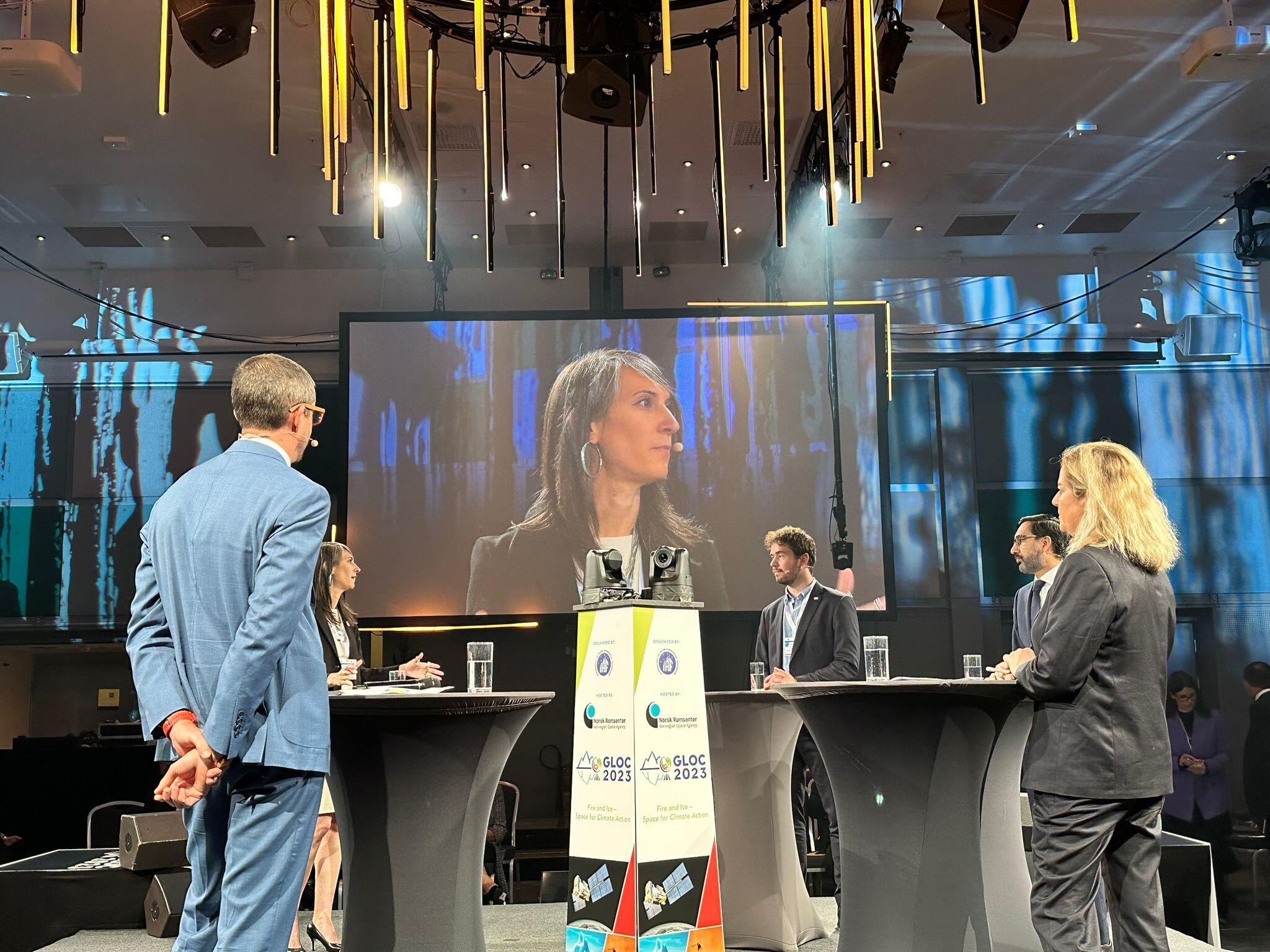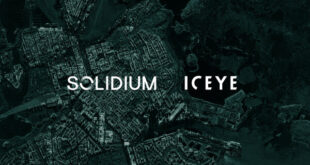
Ibadan, 24 May 2023. – The Global Space Conference On Climate Change (GLOC) 2023 kickstarted today with three important plenary sessions. The overarching theme of the sessions revolved around the necessary steps to convert the enthusiasm around addressing climate change with space technology to actionable solutions to prevent and mitigate climate disasters.
The first Moderator, Ru A. Kermani, referenced Greta Thurnberg’s “blah blah blah” remark, expressing how the session intended to cut out the fluff in addressing climate change and offer actual solutions to the challenge. Richard Spinrad, Under Secretary of Commerce for Oceans and Atmosphere & Administrator, admitted the importance of converting words into actions, explaining that in the absence of changing the current climate and environmental trajectory, Earth may experience devastating changes. However, he remained optimistic as the current GLOC 2023 inspired him to believe that we have what is necessary to improve the climate of the future.
However, Espen Barth Eide, Norway’s Minister of Climate and Environment, disagreed with the supervening consensus that the Government was nonchalant towards addressing climate change, noting how Governments had started to take more action. Expectedly, he refuted Greta’s position on the fluff approach toward addressing climate change. He pointed out the recent G7 meeting in Japan that released a strong note on climate change and nature preservation.
Still, on getting the Government to take actionable steps, Ru A. Kermani asked Susie Perez Quinn, NASA’s Chief of Staff, how difficult it was to get powerful people in Government to understand the challenges that climate change posed. Perez Quinn replied that getting the powerful Government officials involved required describing the challenges posed to them in specific and observable manners rather than through vague descriptions. For example, it was easier to get them aboard if they understood that the current climate change trajectory could result in higher sea levels,
The Moderator took a different approach to understanding how to address climate challenges by asking Josef Aschbacher, ESA’s Director-General, about the steps ESA took in helping developing nations address climate challenges and disasters. The Director-General pointed out the free and expert-use Copernicus data as one of the means to help developing countries to combat climate disasters with satellite technology, especially in the knowledge that developed nations are the most significant contributors to climate change. Essentially, numerous space capabilities are available and helpful for both developed and developing nations to mitigate climate challenges. In addition to this, Aschbacher discussed plans to ensure space capabilities to help developing nations prevent climate disasters rather than just mitigate them after the fact.
The second plenary, moderated by Spacewatch Global’s own Emma Gatti, took a unique approach to understanding the challenge. Using an analogy of X-Raying a dislocated knee, Emma asked whether the current challenge was inadequate satellite data or implementation. Is the issue with the data or the will to use the data to develop actionable solutions? If none of them were, Emma asked what was the missing link between data and implementation.
To understand this, Emma posed the questions to the panelists, asking what was the missing link in their respective disciplines. For Tom Gardner, Head of Strategic Partnerships at the Maldives Space Research Organisation (MSRO), the data were inadequate to begin with. Gardner discussed a challenge that colored the challenges that other panelists eventually mentioned – the data was not contextually and locally relevant, in this case, for the Maldivian population. For example, open data was inadequate for the land and coastal-based issues the Maldives faces as a small island nation. According to Gardner, Maldives would benefit more from higher resolution and higher frequency satellite images.
For Nicole Quijano-Evans, Deputy Head of the Crimes that Affect the Environment Program, the missing link was in interpreting the data more than anything else. According to her, law enforcement officials are not space technology experts, and they have other priorities, including determining whether an act, in this case, deforestation, was illegal. Essentially the challenge for Quijano-Evans was not the data but the steps her outfit required before they could reach the point where satellite data and technology became necessary. Emma perfectly summarised this challenge as a failure to dialogue with professionals outside the space ecosystem to aid the understanding of space technology.
Julian Fox, Team Leader of National Forest Monitoring, reiterated similar challenges as Quijano-Evans. However, the missing link was more nuanced in his discipline, as each forest is different. Because of this, it is often difficult to apply a uniform space-based approach to fixing the primary issues. they faced with each forest. Fox also reechoed Gardner’s challenge of the inaccessibility of relevant data. As a result, the missing link was not data in itself but relevant and local data.
From a policy-making perspective, Harshbir Sangha, Missions and Capabilities Delivery Director for Earth Observation and Low-Earth Orbit Assets at the UK Space Agency, asked; are the right people getting the data at the right time? The missing link for Sangha was getting suitable data to the appropriate persons at the appropriate time to result in actionable plans to tackle climate challenges. The third plenary followed the same route and discussed how space technology could actually aid climate, flowing from the discussions from the first and second plenaries.
 SpaceWatch.Global An independent perspective on space
SpaceWatch.Global An independent perspective on space




